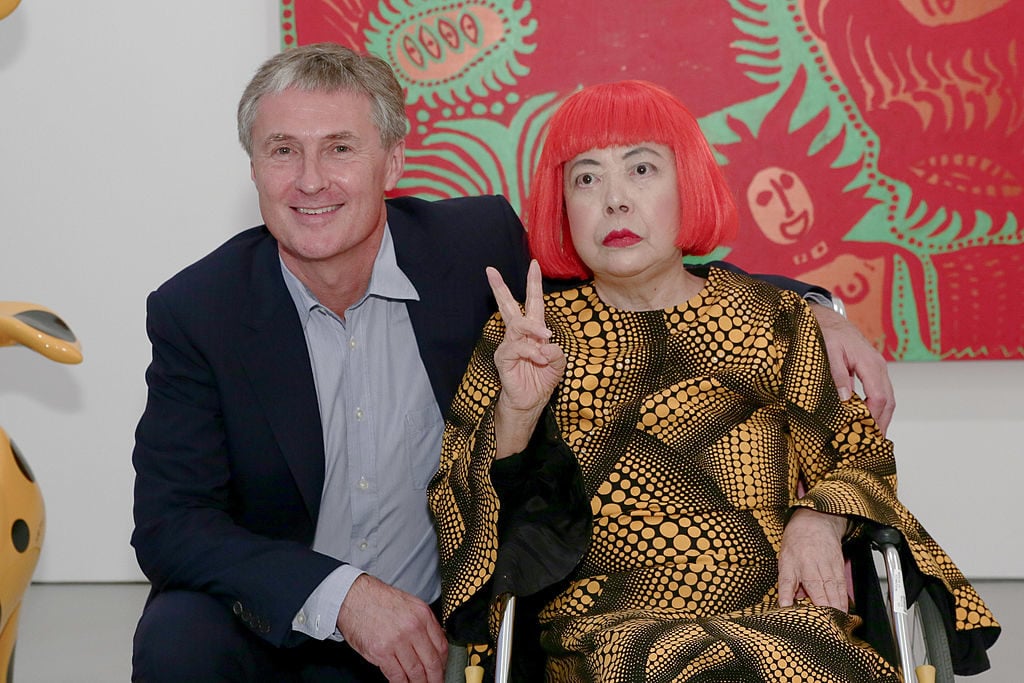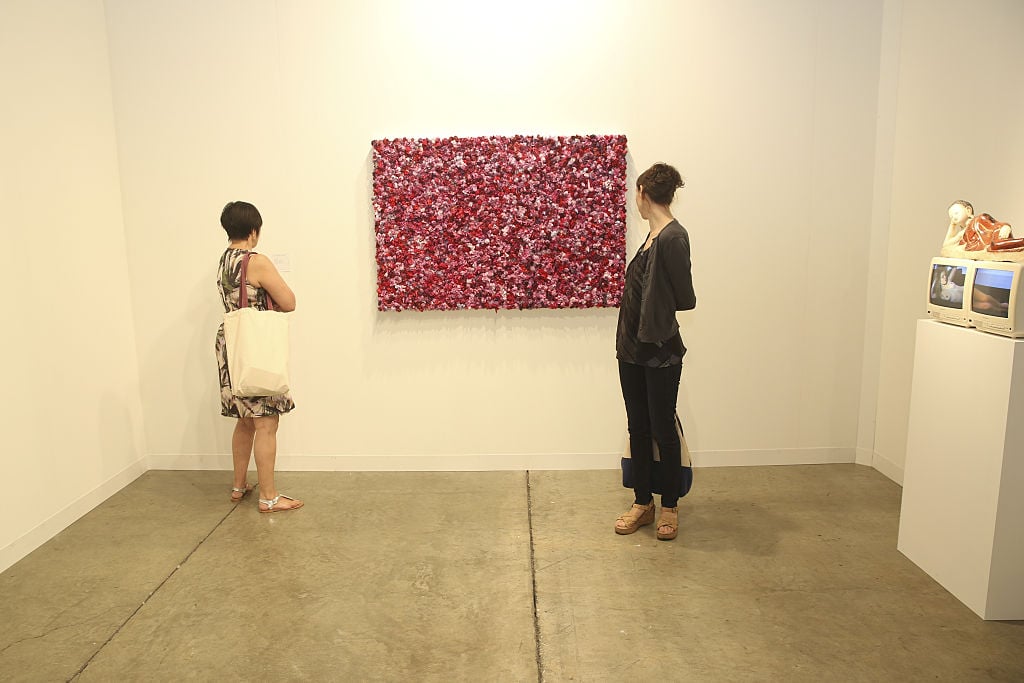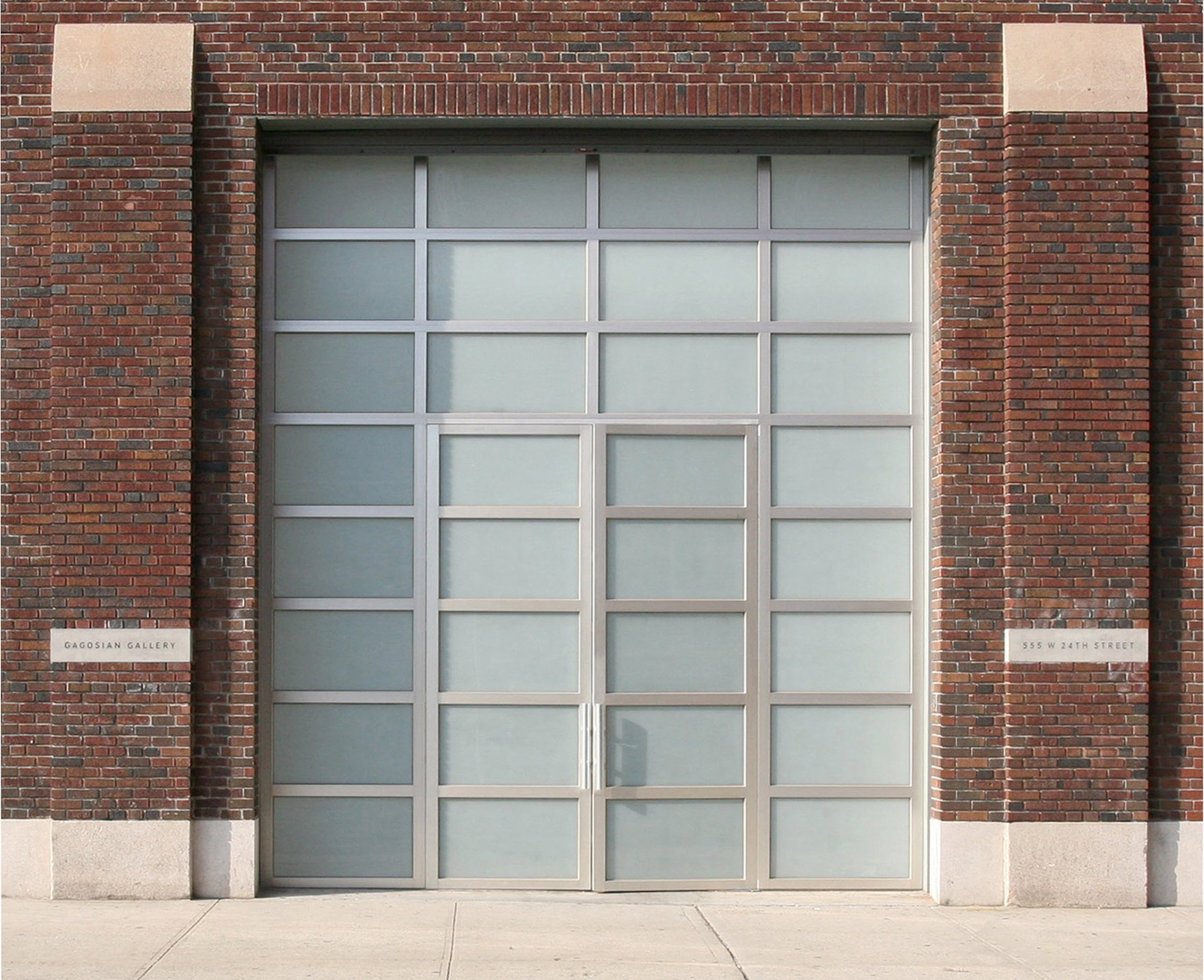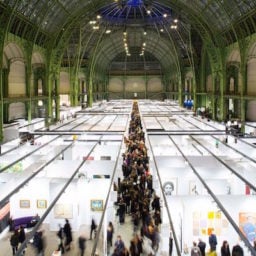

The art gallery remains one of the most important pillars of the art world today. It is where artists are first introduced and their careers are launched, and where the discourse is started. But what goes on behind the heavy doors of these often secretive empires? And what are the roles of those who work there?
The artists are at the core of the gallery and are the most important component of the gallery ecosystem, of course. They produce the artworks, generate sales, and attract audiences—without the artists the gallery would not exist. As the New York art dealer James Cohan told artnet News, “Artists are our lifeblood, and without them we mean very little apart from a nice smile and maybe a glass of wine in a plastic cup.”
The Owner:
The owner, often referred to as the gallerist, is at the top of the internal structure. He or she selects the artists the gallery represents and decides the exhibition schedule and which artists will be shown.
“I love art dealers,” art critic Jerry Saltz wrote in New York Magazine. “In some ways, they’re my favorite people in the art world. Really. I love that they put their money where their taste is, create their own aesthetic universe, support artists, employ people, and do all of this while letting us see art for free. Many are visionaries.”

There’s lots more going on at art galleries than meets the eye. Courtesy of Aaron Davidson/Getty Images.
The Director:
The director is the gallerist’s right hand, and is responsible for leading the day-to-day operations by organizing exhibitions developed by the gallerist, maintaining links with the gallery artists, and taking care of sales. Depending on the size of the gallery, the director may be involved in all of these tasks, or delegate some to other employees, such as sales associates, art advisors, curators, and more.
The Registrar:
The registrar is in charge of everything that happens within the gallery space, including shipping and customs procedures, inventory management, making sure that the floors and walls are clean, and opening and and closing the doors in the mornings and evenings. Galleries with more than one space will have at least one registrar at each location.
The Editor:
Nowadays, large galleries are frequently publishing their own materials in-house, which makes an editorial role at a gallery a big one. From monographs to exhibition catalogues, the editor oversees the book production process.
The Archivist:
The archivist produces and maintains the gallery archives. This encompasses inventory management, maintaining digital databases, and collecting catalogues, books, and press clippings of all gallery artists.

Who works behind the doors of the contemporary art gallery? Photo: Courtesy Gagosian Gallery.
The Communications Director/Marketing Director:
The communications and marketing directors manage requests for information and distribution, and can be in-house, or a public relations contact can be part of a larger PR firm hired by the gallery.
The Assistant:
Gallery assistants can normally be found at the front desk, and are far from being glorified receptionists; they help out at all levels of the gallery business, from start to finish.
The Art Handler:
The preparator, or art handler, is normally an artist or art student; their job is to install exhibitions, handle artworks, and pack and unpack artworks. The correct handling of very valuable artworks requires a highly specialized practical skill set, not only to prevent damage, but also to ensure that works are displayed in optimal conditions.
Follow Artnet News on Facebook:
Want to stay ahead of the art world? Subscribe to our newsletter to get the breaking news, eye-opening interviews, and incisive critical takes that drive the conversation forward.








